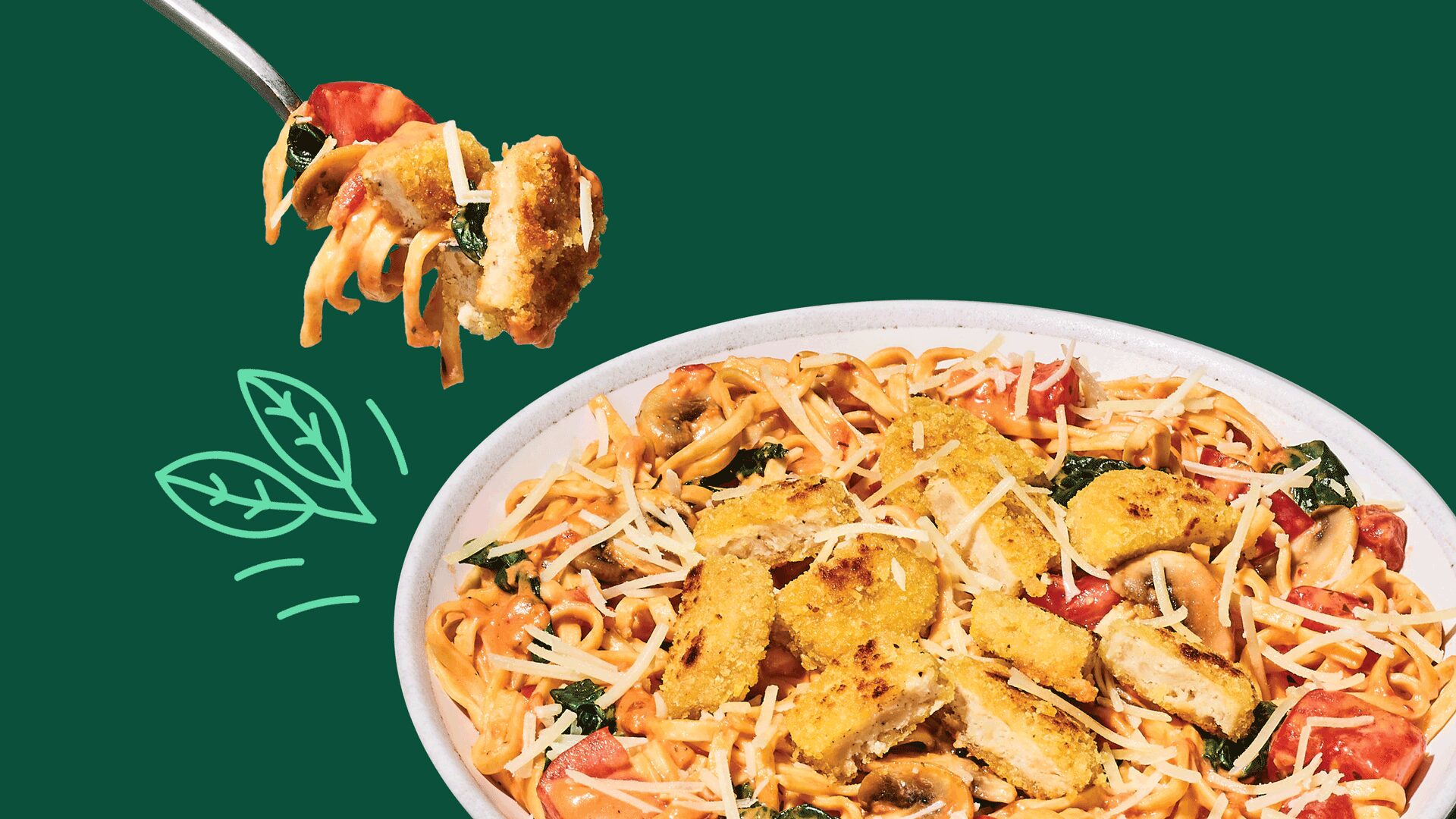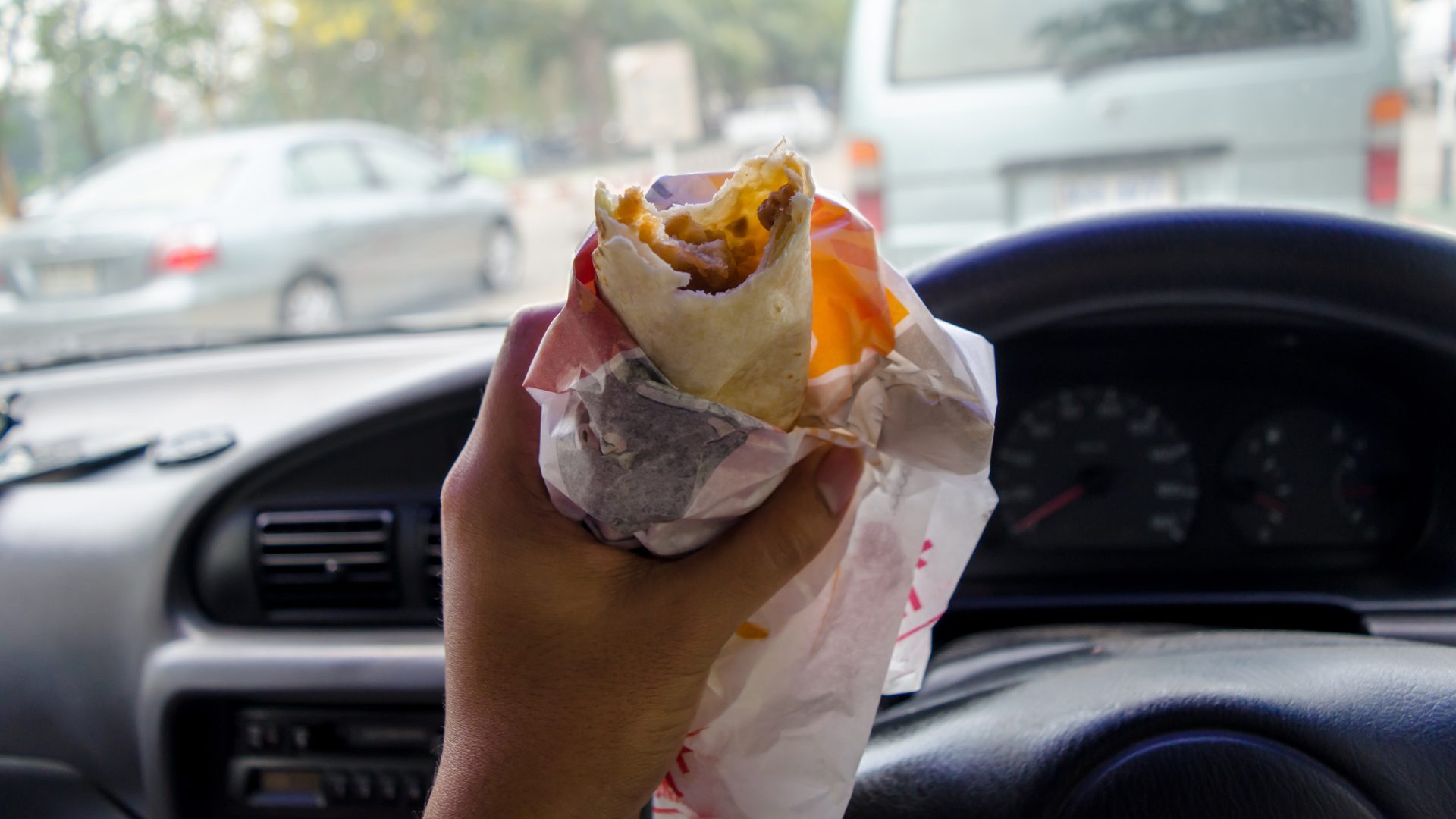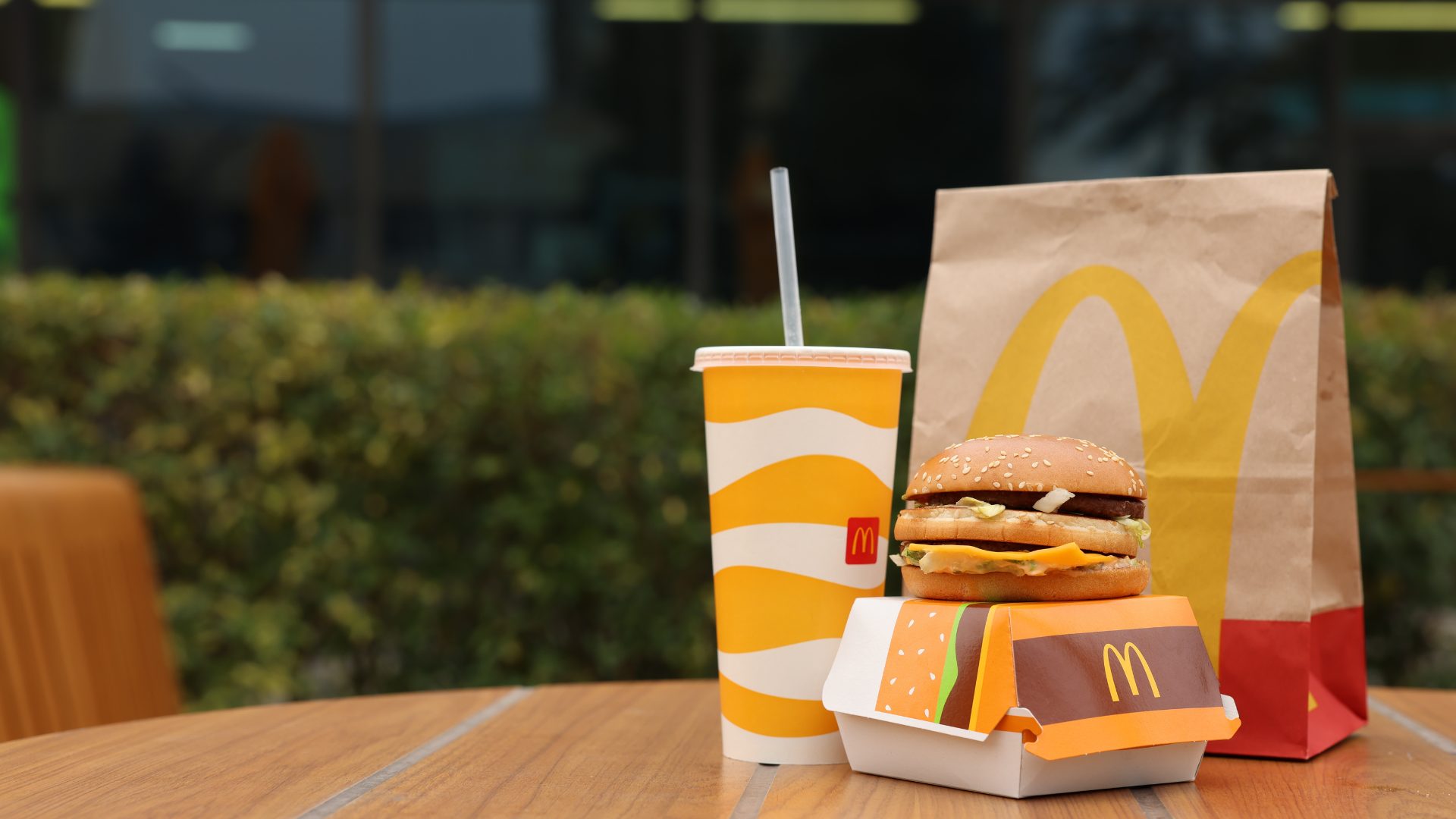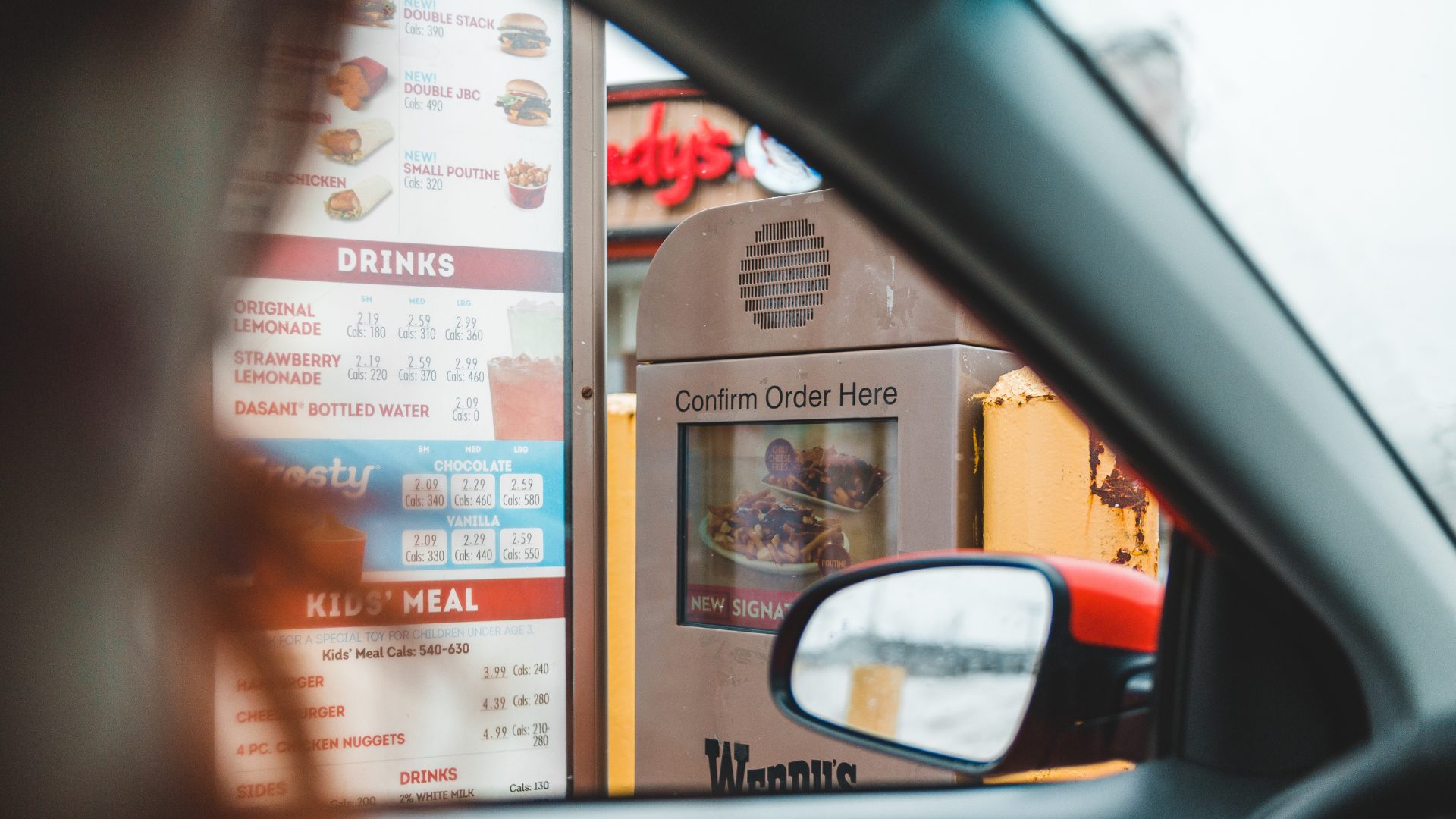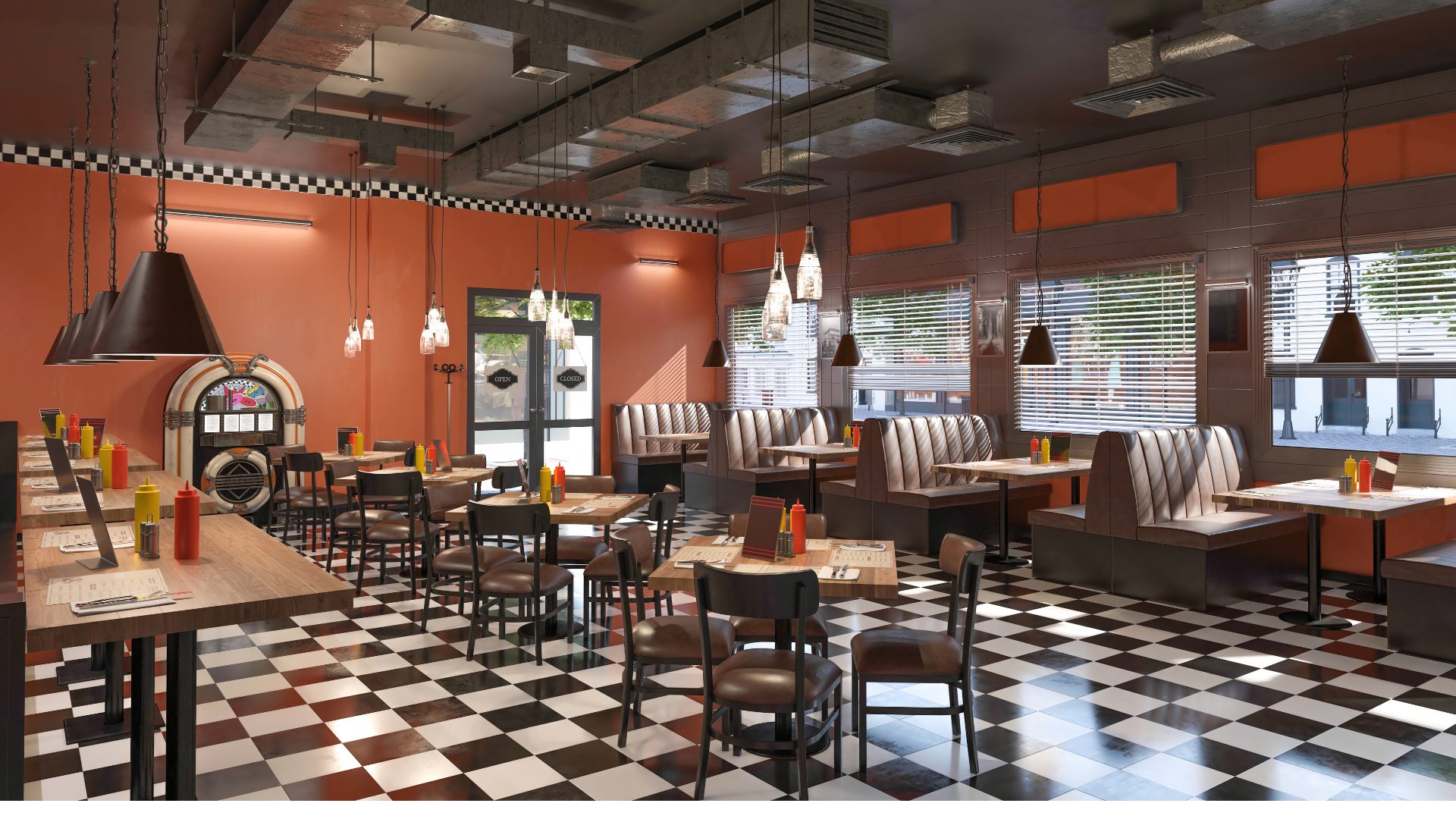Noodles & Company has gone from a fast-casual darling in 2013 with a stock price of $48.89 on Oct. 18 to recently closing as low as $0.58 on Dec. 31 and faces potential delisting by Nasdaq. We will go into more detail as to why, but needless to say a fork full of negative sales, traffic, and financial results twirled this company into an empty bowl of investor confidence.
What to do? I have completed 11 restaurant chain turnarounds in my career and can see many opportunities for Noodles to have its Tortellini stuffed again.
I recently posted on LinkedIn that I would help turn Noodles around for a $1 salary and a hearty helping of stock that would only pay out upon positive brand performance and improved share price. I asked my LinkedIn followers what I was missing. Where did it all go wrong? Is the chain permanently damaged? 194 crowd-sourced comments later, here’s my take.
I have no data, consumer insights, or knowledge of Noodles & Company’s operations. That being said, I have seen this movie before and written more than one sequel. My 194 self-proclaimed Noodles experts point to all the usual suspects.
The comments were a typical closet full of managed-down skeletons that come crashing out when you do what I do for a living. They included declining employee morale/culture, short staffing, degraded food quality, traffic-killing pricing decisions, dated facilities, and replacing plating/bowls with disposable packaging that downgraded the in-store fast-casual experience to something reminiscent of a Banquet frozen pasta meal (I was personally shocked when I experienced this on my most recent visit).
A list this long can be daunting. Where do you start? We liken it to entering a war zone. First, secure the perimeter and take out the “High-Value Targets.” High-Value Targets refers to material brand opportunities. We have a model we use with our clients that features 10 distinct areas of the business that can increase sales. In the first 90 to 120 days, the brand needs to identify and execute against no more than three to five of these and do them well.
To qualify as “High Value”, the sum of the opportunity of the targets should add up to a potential 10% same-store sales lift from the current trend. You won’t usually get 10% initially, but you should begin to reverse the trend or even go into positive territory. With this quick momentum, you will start to put some deposits into the confidence bank of the team, customers, community, suppliers, and investors – preferably in that order (Read: Setting The Table, Danny Meyer).
At the end of 90 to 120 days, the brand should have completed a very collaborative national team member listening tour, consumer insights review, a full financial analysis of the business, brought in multiple independent consulting opinions to provide fresh thinking, leveraged their vendor partners strategic resources, and have a green-lit go-forward brand strategy plan. Yes, that fast.
Next, continue to step on the High-Value Targets pedal while you simultaneously test versions of this more powerful and complete brand strategy in different markets/test cells. Like a tech company, place multiple bets and scale what works to accelerate a solution to market. The belief that one single plan has all the best ideas is not realistic.
This is a turnaround, not a tweak-around. Low single-digit improvements aren’t a win.
If a new execution of the Noodles brand experience doesn’t deliver a cumulative “WOW” through MULTIPLE touch points, and can’t be estimated to deliver double-digit sales increases, then it shouldn’t be tested. A new sauce and a couple of new dishes of the same pasta and ingredients shuffled around is a losing bet.
A case in point was my recent visit, during which I tried one of the chain’s new marginal pasta recipes in a terrible disposable container while I sat in a dirty and tired restaurant with scratched-up tables. It was a cumulative “THUD.” This exercise is about over-achieving trust, creating momentum, and earning sustainable brand love in and outside your organization.
Finally, this brings us to the biggest opportunity for Noodles. The restaurant business is all about people and culture. Winning brands like Chick fil A, Texas Roadhouse, Dutch Bros, and Raising Cane’s have proven when you have great people who are genuinely all-in, and empowered, a lot of the rest takes care of itself.
The good news is the majority of Noodles locations are company-owned so they can leverage this opportunity quicker than if the brand had multiple franchise groups at various stages of optimism, skepticism, and financial health. However, the chain’s stressed teams will need a refreshed approach, energy, and quickly earned trust that retains, motivates, and attracts top talent to boil this brand back into a fast-casual leader.
About the author: Tim Hackbardt is a 30+ year restaurant industry veteran who has served 25 restaurant chains across quick service, fast casual, family dining, casual dining, and polished casual dining categories. He is the CEO of Hack Strategy Group which specializes in turnaround strategies, brand reinventions, new growth concepts, and strategic imperative leadership for restaurant chains.
The Food Institute Podcast
Is it possible to balance a legacy brand and innovative ideas for a food company? Bibie Wu, chief communications and technical development officer with Del Monte, shares how her company respects its past while looking to the future, and how her dual roles in marketing and product development inform each other and improve the company.


